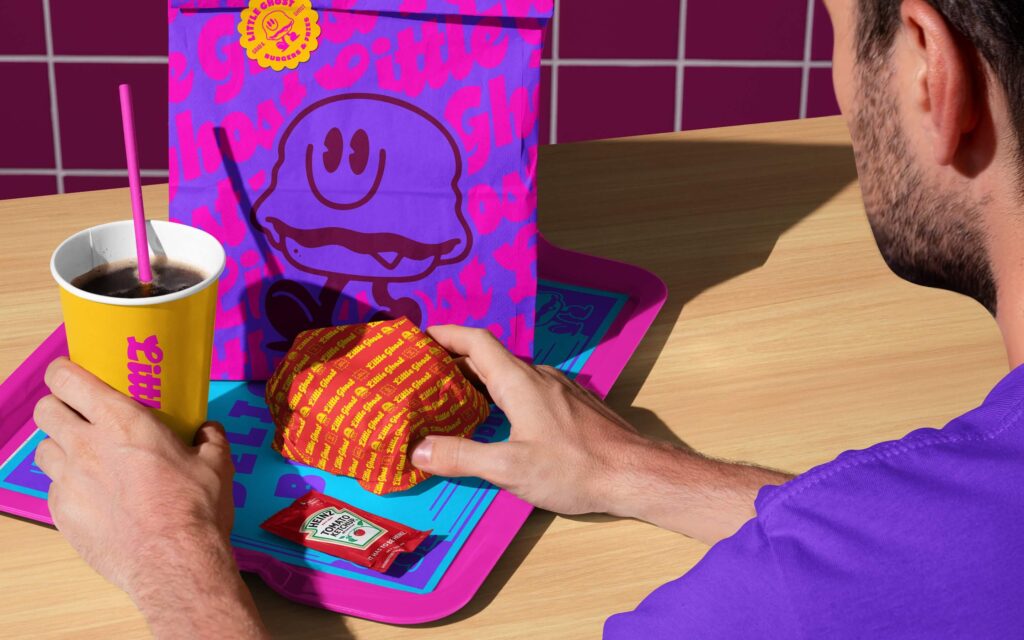Rebrands are a second chance at a first impression.
Rebranding allows companies to evaluate, refine, and organize priorities within their business: what is important to them and why, who their audience actually is, how to engage them, etc. Rebrands should be a reflection of that soul-searching. But change is hard, which is why rebrand launches are often even harder than the rebrand itself!
Your rebrand rollout starts here
It’s never too early to start thinking about your rebrand rollout plan. The process of training employees, updating collateral, preparing the public launch, and notifying partners takes time and effort. And there will always, always, always be unexpected hurdles. Giving yourself an ample amount of time to deal with these inevitable fires is the first step to a successful rebrand.
As you’re planning out the internal rebrand rollout, you should definitely be thinking about your rollout budget. The process of applying your new brand to all your materials will take some investment—whether you’re thinking about your investment as hours or dollars or, realistically, both—but it’s crucial that everything is updated before the public launch. Any potential confusion that grows between the cracks of your new brand and the old brand will damage your public face and lower confidence in your brand as a whole. It’s an upfront investment with a big ROI payoff.
Once you have your timing and budget figured out, as well as the final brand package from your design partner, it’s time to onboard your internal team.
The internal rollout
Your people are the core of your brand, no matter what the logo looks like, so it’s critical to give them the information and tools to continue to be your brand ambassadors even after the rebrand. There will be some people in your company who already know a rebrand is happening, but many don’t, which means it’s important to create excitement around the rebrand for those people who haven’t been involved.
Think of your internal rollout as a soft launch! Explain why you felt like a rebrand was necessary and what goals you’re going to achieve with the new brand. Walk them through the insights and strategic decisions that lead to the final result. Tell them the highlights of the rebrand journey so they understand how it relates to them. This is your opportunity to get folks excited, so be sure to develop swag and tools that allow your people to take ownership of the new brand immediately.
For stakeholders, the marketing team, HR, customer service, and other outward-facing teams, it’s critical to provide training on how to use the new brand. This includes reviewing the brand core, new positioning, and new messaging, so when they go out into the world they can represent the new brand correctly and with pride. (Often, this looks like a brand book or brand guidelines website that everyone can access from anywhere.) Give your outward-facing teams the opportunity to ask questions, and the materials to start using the new brand immediately after the internal brand launch. And leave some buffer room between the internal launch and the external launch for your teams to understand and get familiar with the new brand before it has to go out into the world.
Launching your new brand
The last phase of your rebrand happens when you flip all your external materials to the new brand. Now, this is more than refreshing a few social icons and updating the letterhead. Every piece of branded material should be revamped with the new look, positioning, messaging, and key brand elements. The last thing you want is to accidentally send out a piece that still has the old brand after the new brand has launched. Consistency is key!
“Flip Day” should be something you prepare for from the start. Talk to your internal teams and gather lists of everything that will need to be updated. Ask for time and resources from your in-house team or talk to your creative partners about how long it will take to get everything updated. (Don’t forget about print time on things like business cards, brand books, and new IDs) And, because it’s a new brand that your team is still getting used to, things might take a bit longer to get right. Have patience and don’t rush the execution of materials during this critical period.
[Download our checklist of everything that needs to be updated before launch day]
Flip the switch
On the day-of, take a deep breath and make the call. Make sure your people know where to find the new materials and how to use them. Have a team of brand experts ready to answer any questions on the fly. Give your customer service teams additional scripts to handle any questions about the rebrand. Dedicate time to ensuring that all the loose ends are tied up and everyone has what they need to succeed. No rebrand launch goes off without a hitch, but with the right amount of preparation, you can avoid any true disasters.
The external rollout
The key to a quality customer rollout is balancing style with substance. While customers don’t need to know every detail about why you thought you needed a rebrand, there is still some storytelling to do to help them positively accept the rebrand.
Develop a story around the high-level concepts that drove the rebrand strategy and design. Create a narrative around your new brand that aligns with your values and outlines how you want to move forward to serve your customers in the future. Showcase the new and unique factors of the brand with beautiful graphics and designs that support your story. Then make sure that story gets distributed in channels where it can reach your audience.
The biggest thing to keep in mind during the external rollout is patience: Customers could take months to even notice you rebranded, which is why we recommend roughly six months of engagement efforts around the new brand (even longer if you’ve gone through a rename). This should include things like social media posts, updates to packaging messages, blog posts, traditional or digital ads, email content, and mentions on any other platforms you use to communicate with your audience.
Maintaining your new brand
Congratulations! Your new brand is finally out in the world. Now that the nerve-wracking launch is out of the way, it’s time to focus on utilizing that new brand to the fullest. We recommend quarterly strategic planning sessions to start tackling and prioritizing all the things that can, should, and will happen in the future. These sessions would include business and marketing goals, as well as a gut-check that the company is still living out its chosen values. Your brand is an ever-evolving reflection of your business and business goals; checking in quarterly will help you keep everything on track.










